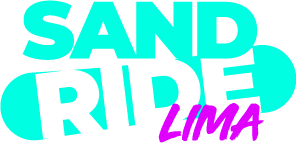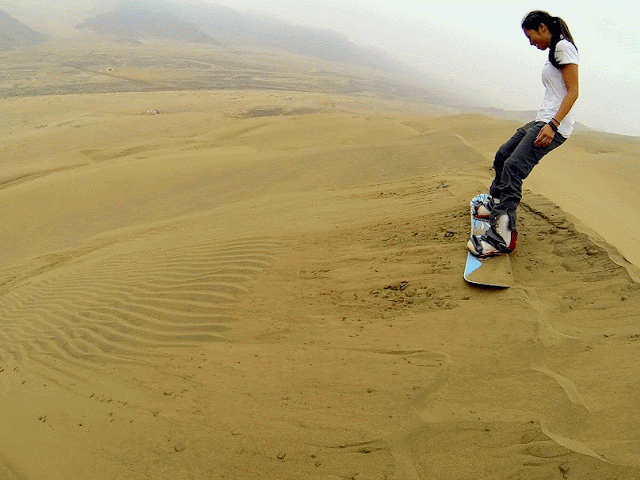Antes de empezar a fabricar tu propia tabla
de sandboard es muy importante tener a la mano todos los materiales necesarios.
Una vez ya con el material define el diseño de tu tabla, por lo general la
medida de tabla mas versatil y sencilla con la cual te vas a divertir muchisimo
es de 120cm o 140cm
MATERIALES
1.
Tripley fenolico (Pino) 15mm o
12mm tambien funciona ese espesor. 30cm x 1.20cm o 140 cm
2.
Insert 1/4 - 8 unidades.
3.
Masilla automotriz.
4.
Bloques de concreto
5.
posa de agua, tina o recipiente donde dejar reposar tu tabla.
6.
4 unidades de prensas tipo C5
7.
Lata de pintura vacia.
8.
Combustible.
9.
Encendedor.
10.
4 unidades de Platina de 30cm
11.
Taladro.
12.
Caladora .
13.
Formica brillante 30cm x120cm.
14.
Cuchilla
15.
Lija de metal 100
16.
Pegamento de enchape
17.
Fijaciones XS nueva o usada
Existen algunos procesos que son un poco
complicados, y podemos ahorrarnos buena parte del trabajo, apoyandonos del
trabajo de un carpintero, sastre hasta incluso un soldador, para esto subrayo
los materiales de los que vamos a prescindir, los dejamos como opcionales por
si ustedes mismos desean hacer todo el proceso.
PASO 1: Este paso yo les recomiendo hacerlo
con un carpintero se ahorraran tiempo y dinero ya dedica de presición y
experiencia, el tripey fenolico es el material mas economico y facil de
conseguir se venden por planchas de 120cm x 240cm. ( pueden conseguir una
plancha en algun taller de carpinteria). Para empezar con nuestro proyecto,
debemos cortar con la caladora a favor de la hebra de la madera esto quiere
decir; nunca CONTRAHEBRA. ya que esto debilitara tu tabla. Adjunto las medidas
como deberia quedar su tabla de sandboard, el ancho para la platina inicie el
proceso de doblado de 40mm. y un espesor de 5mm.
Medidas de tu tabla
PASO 2: Deja reposar tu tabla sobre el
recipiente con agua, este debe cubir toda la supercie del mismo, para evitar
que la tabla flote, introduciremos los bloques de concretos, o cualquier objeto
pesado. Este proceso nos tomara entre 3 a 4 dias.
PASO 3: El siguiente paso es retirar la
tabla, colocar las puntas sobre superficies con una elevacion de 5 centimetros
nos apoyamos con las prensas y agregamos peso en la parte central dede la
tabla, por lo general las tablas pueden volver a su forma inicial. Para
asegurarnos que quede doblada, en la lata de pintura haremos fuego y
calentaremos la zona de las puntas, si quieres hacerlo mas sencillo, debes
tener un soplete para acerca fuego en cada punta durante 10 minutos aprox en
cada punta, siempre estre proceso realizalo en una zona al aire libre.
PASO 4: Una vez que tengas tu tabla doblada
debes hacer 12 perforacion (6 en cada lado) para colocar los inserts, la medida
que debes respetar es 50 cm de distancia entre cada una de las fijaciones para cada una. En este paso te recomendamos
llevarla al carpintero para que pueda hacer las performacion exactas y lograr
colocar los inserts.




PASO 5: Lista la tabla el paso siguiente es
cortar la formica segun la medida eleguida, para esto usaremos la cuchilla, es
recomendable utilizar una regla, puedes usar retasos del tripley que te sobro,
lijamos la base de la formica que entrada en contacto con nuestra tabla,
limpiamos y aplicamos el pegamento en la base de nuestra tabla y la formica, es
importante esperar almenos 5 minutos para que contacto sea perfecto. finalmente
aplizaremos presión y lijaremos los bordes para eliminar cualquier resto de formica
del borde nuestra tabla.
PASO 6: Finalmente si ya tenemos fijaciones
de snowboard xs, podemos colocarlas a nuestro sandboard con los mismos pernos
de las fijaciones de snowboard.
PASO 7: Disfruta de tu tabla de sandboard,
recuerda utilizar cera en cada descenso, y colocar la posición de tus
fijaciones en 15° x 15°, si es un
principiante.








